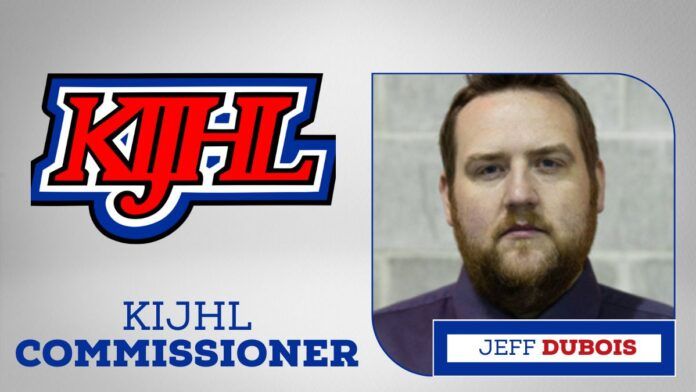The Kootenay International Hockey League announced Tuesday that it has been granted approval by BC Hockey to be reclassified from Junior B to Junior A (Tier II) starting next season, along with the Vancouver Island Junior Hockey League and Pacific Junior Hockey League. The move comes following the BCHL’s decision to break away from BC Hockey and become an independent league. We spoke with KIJHL commissioner Jeff Dubois about what it all means.
Was there any doubt that you would receive approval?
I think we got to the point where we were pretty confident. A junior task group met toward the end of June that included a number of stakeholders: Hockey Canada, the Western Hockey League and so on. I think we were confident everybody was on the same page in terms of where this should go, but until BC Hockey’s board of directors approved this unanimously we didn’t want to take anything for granted.
What’s this going to mean in the short-term and the long-term?
In the short-term, we have some work to do. We made the commitment to embrace some higher standards in the way we operate. We’re lucky from the get-go that the vast majority of our teams check a lot of those boxes in terms of how often they’re on the ice for practice and training, having full-time paid coaches, being in the gym, how they travel, the amenities our players receive.
The vast majority of our teams are in a really good place there, but some are going to have some work to do. I think there’s going to be a lot of excitement from our staff and players to have that Junior A title and the respect that comes with that. I think it’s going to allow us to retain some players who might otherwise have left our province to play Junior A elsewhere.
In the long-term, I think is going to pave the way for one day a KIJHL team to compete in the Centennial Cup, Canada’s national Junior A championship. That’s pretty exciting as well.
For those teams that don’t currently meet the requirements or standards, is there a cost involved?
We’ve identified a few dozen different standards and certainly some do have a cost attached. But it’s going to be each individual franchise working within their own unique circumstances where they are now and where they need to be that would determine the cost.
What’s this business of Tier I versus Tier II?
Tier II, where we are today, we’ll continue to play within our own province. The KIJHL will continue with the same geographic boundaries we’ve had for years. There’s the Tier I options for teams that want to pursue it that would likely include membership in the Canadian Junior Hockey League. Now you’re playing as part of a national footprint with the opportunity to compete for the Centennial Cup.
Does that mean you might have both Tier I and Tier II teams in the same league?
I suspect it would mean a KIJHL that included both Tier I and Tier II. I’m not sure those teams would necessarily be playing against one another, or if they would be playing exclusively within their tiers. That’s going to be one of the bridges we need to cross over the next year or two as we figure out what this looks like long-term.
Next season are you expecting an influx of new players as a result of this announcement, or will it be the same players who would have been playing Junior B, only now playing Junior A?
It’s a really interesting question. Our recruiting generally kicks off in March and April. We’re nearing the end of July and in a lot of cases in a typical year, most of the recruiting for our teams is already done and they know who’s coming to main camp and they’ve committed a number of spots on their team. It’s tough to say exactly what it’s going to look like in terms of new players for 2023-24.
I think there are probably going to be players who played in the KIJHL last year that have been in demand by Junior A leagues outside of BC. I can see a lot of those players deciding to stay and play Junior A for their existing team. I can see there being a pull for sure in terms of players wanting to play Junior A in our league who might have otherwise played elsewhere next year. But it’s hard to put an exact number on it. In the long term, the on-ice product will grow and improve significantly. What that looks like for this particular season is hard to say.




